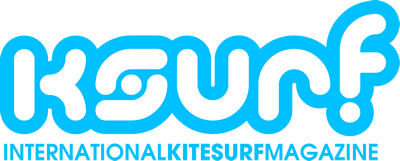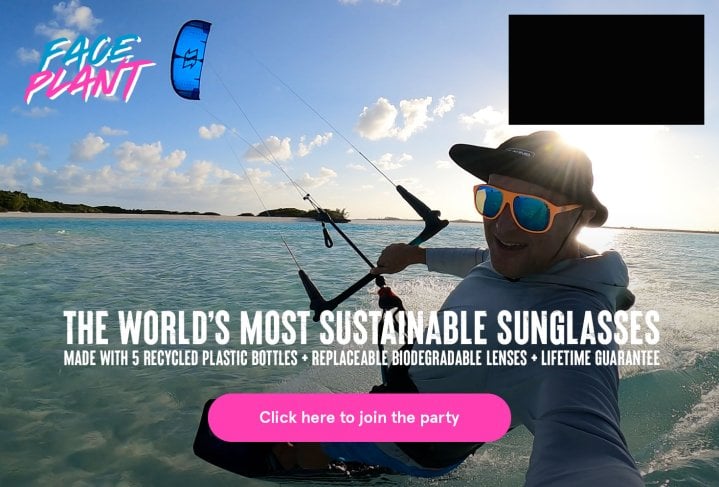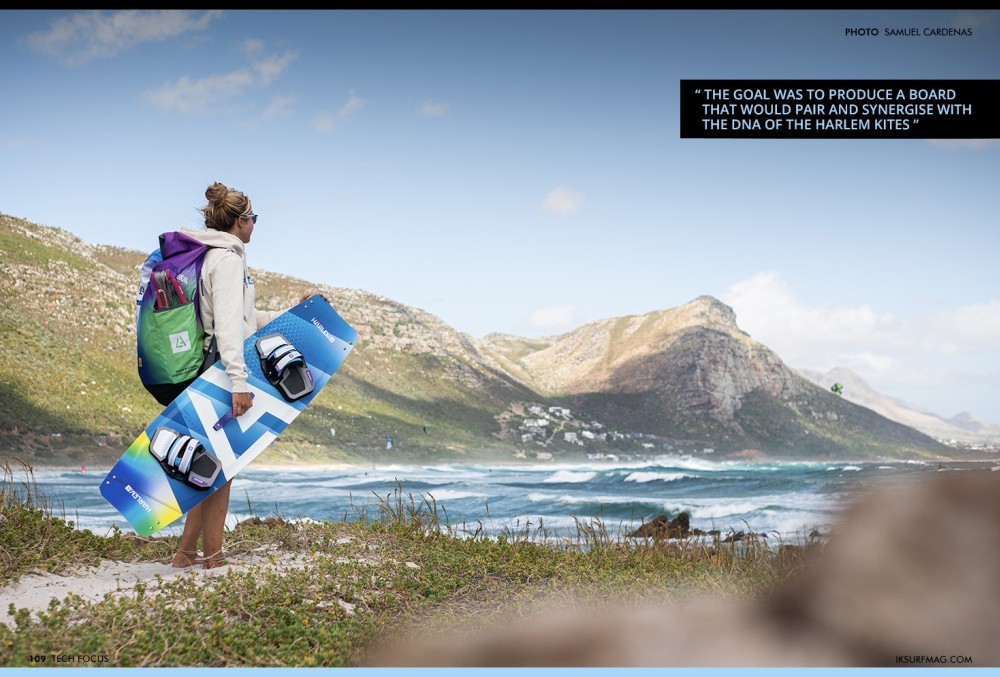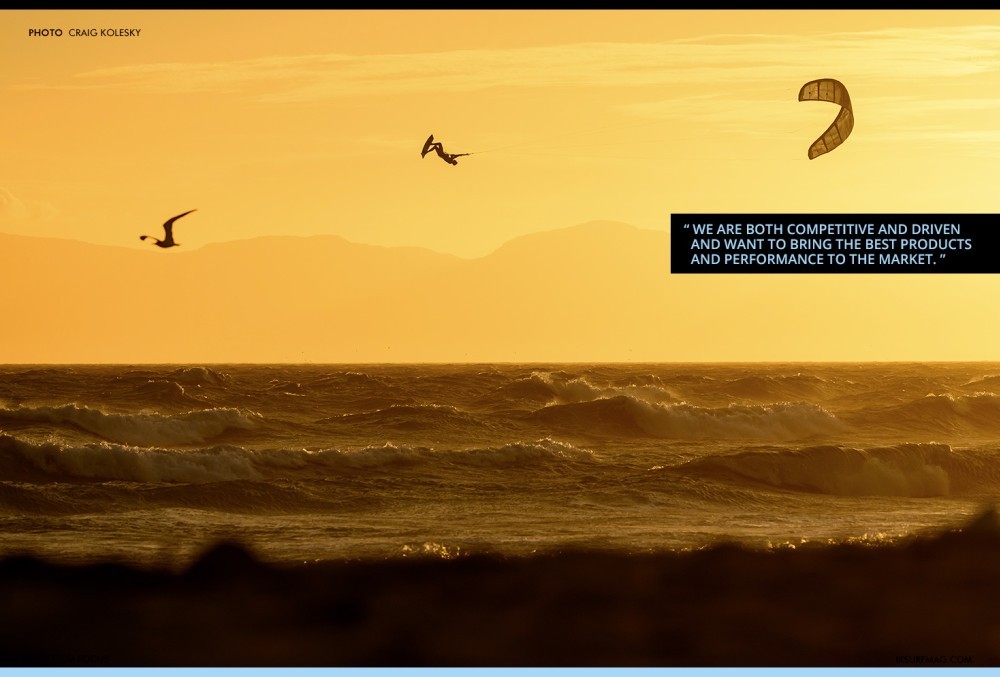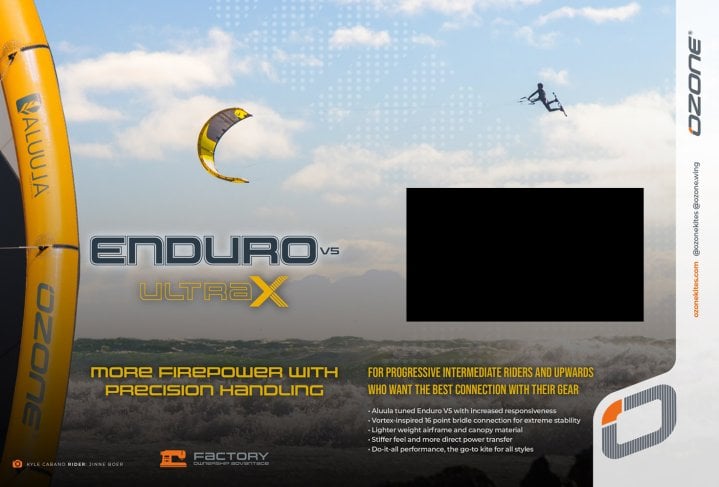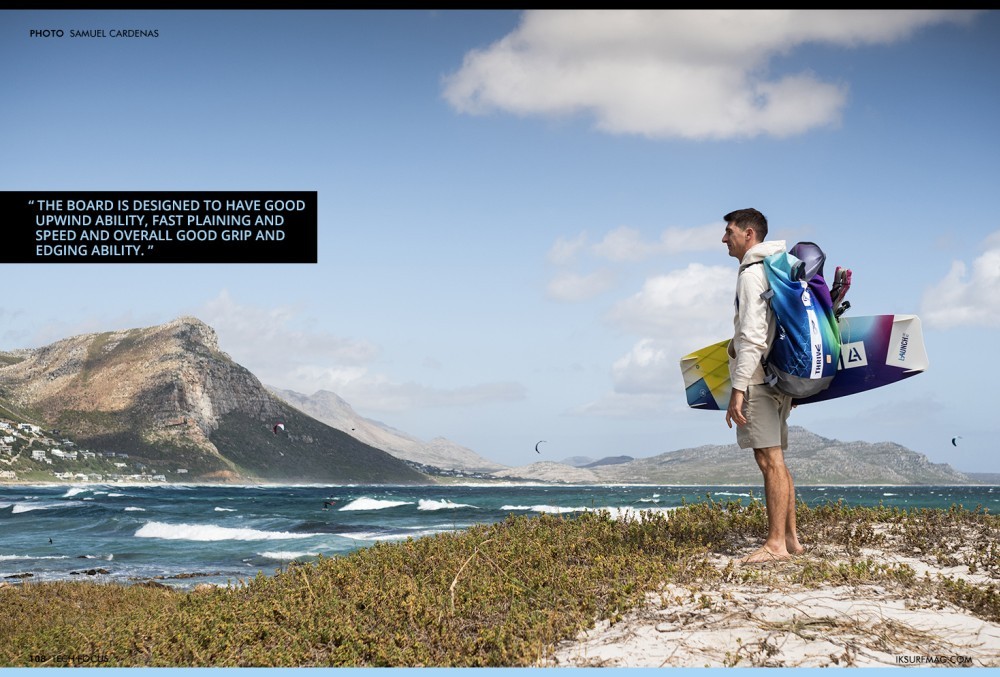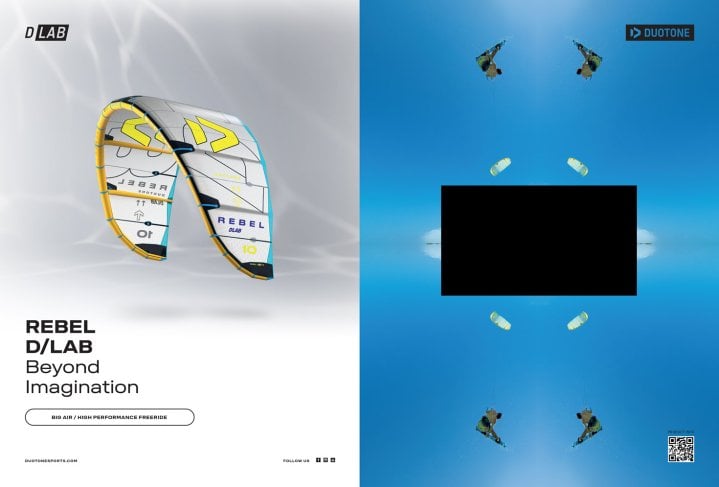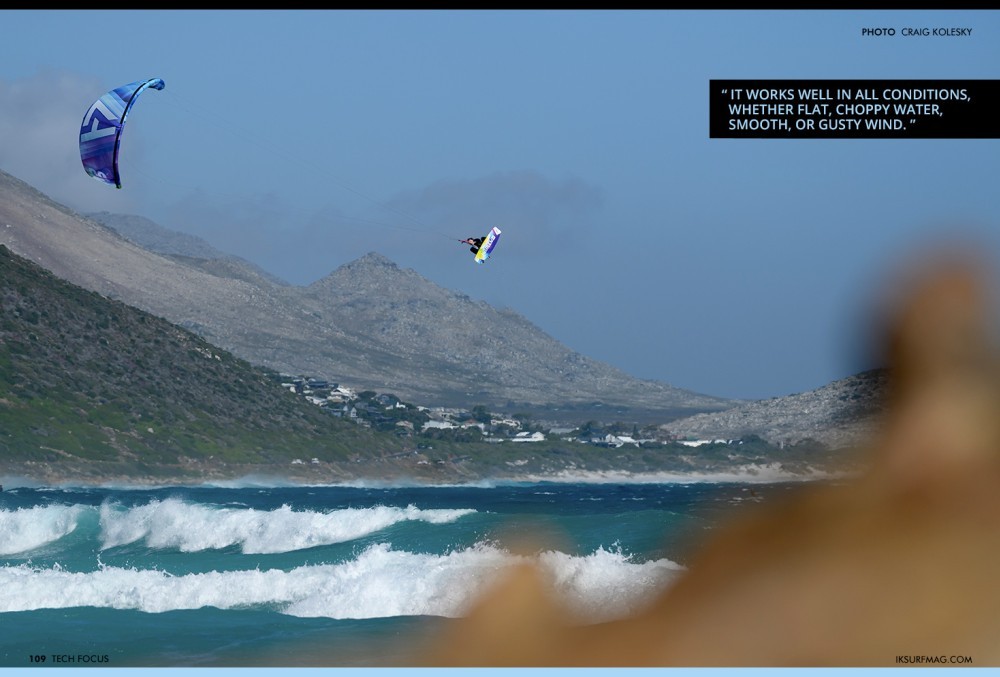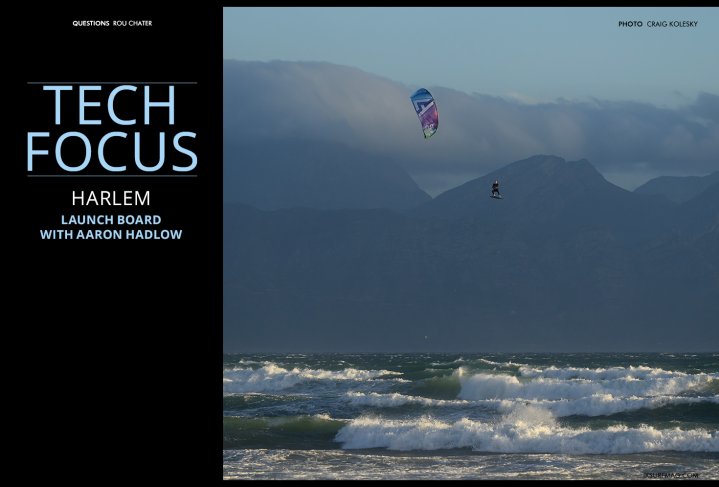
Tech Focus: LAUNCH Board with Aaron Hadlow
Issue 109 / Wed 12th Feb, 2025
In this Tech Focus, Aaron takes us behind the scenes of the Launch, sharing insights into the design process, the collaboration with Ralf Grosel, and how this board is set to redefine performance for riders of all levels. From stormy 27.5m jumps to smooth, controlled carves, the Launch is engineered for versatility, comfort, and confidence. Aaron tells us all about it!
Hi Aaron, Thanks for taking the time to chat with us; we’re excited to hear about the Harlem Launch board! How long has the Launch been in development, and what was the design goal at the start of the project?
We knew that when I joined Harlem in June, I would set out in designing and testing new boards to accompany the new kites from Brainchild. In combination with Ralf Grosel, we set our goal to release our first board within 6 months. The goal was to produce a board that would pair and synergise with the DNA of the Harlem kites, particularly the Thrive. The whole package makes the difference, meaning the kite, bar, board, and accessories should work together to improve the entire experience.
You’ve worked on many boards in the past. Was this a similar process, and were there any new technologies you could use?
It has been a while since I was so deep into the entire process; things have changed over the years. It is more efficient and precise in how we go about the process. Knowing what you want as an end product gives you a clear direction. Materials have improved, and options have widened, but the basics are the same. Play with the lay-up, thickness, outline, rocker, and many other variables to make a combination that suits your requirements.
Many riders keep their twin tip for a long time and don’t upgrade. What would you say to them, and why should they consider switching?
The board is crucial to the setup, especially when matching it with your kite. I like a fast board that can carve sharply into the wind for a vertical take-off that matches my kites and riding style. I always recommend that people try multiple boards at any opportunity to see if they can improve their comfort or confidence, increasing their level.
As we touched on before, materials change, technology advances, and there is a wide range of options on the market. However, in general, the boards have become much more refined and comfortable to ride.
The Launch, in particular, has been designed for an easy, comfortable ride that can be pushed relatively hard. The main points were to eliminate water spraying up towards your body and face, have fast planning and speed whilst maintaining grip, and have an all-round board that is comfortable in all conditions.
Where was the board made? We’ve heard a lot about the Brainchild factory. Are they being made there?
Our kites and wings are made in Brainchild, but we keep the boards in Europe. The process and communication are easier, reducing the timelines for samples and shipping. We are on quite a schedule at Harlem and pushing to bring an amazing product line to the market as soon as possible.
You’ve been working with Ralf for many years now. Can you give us insight into that relationship and how you collaborate on the design and testing methodology? Does it differ for various products?
Yes, the relationship has grown over the years. We are both competitive and driven and want to bring the best products and performance to the market.
We worked similarly for all products. Our feel and testing process were usually totally aligned, and we could trust one another’s feedback even if we were not testing at specific points together. This speeds up the process, and having such a clear vision of what we are aiming for really helps us nail the product we are working on. Being able to do the boards complements the kites even more, so we are excited to have the opportunity to create the ultimate packages.
What set-up are you using and why?
I mainly use the 138 in the Launch, although we are expanding the range so that you may see me on many prototypes in the coming year. The launch is aimed at entry-intermediate riders, although we wanted advanced riders to be able to push it to a certain point. The overall characteristics suit a good take-off, and we also stiffened up the centre of the board to accommodate a harder landing.
How is the performance of a rider of your calibre, and does it still work for riders who perhaps aren’t so talented?
The board is designed to have good upwind ability, fast plaining and speed and overall good grip and edging ability. It works amazing well for entry-advanced. Personally, I can, of course, push the board over the edge at times, although I have had some amazing sessions on this board, and it will be more than suitable for advanced riders, such as learning kite loops. We have gone for an all-round free board for riders to push their limits, and as I said, we aim to expand the lineup over time.
Three sizes keep the buying choice simple: what’s the concept behind that?
We started with three main sizes that adapt to a rider’s size and weight. For instance, the 141 is stiffer, while the 135 is more flexible, more forgiving, and has a reduced stance width relevant to the board size. We took the 138 as a starting point as that is our preferred length for the size and weight (70 - 80kg and +/—180cm). We worked up and down in the sizes from there.
What’s the highest jump you’ve boosted on it, and what’s your favourite characteristic about the board?
I made a 27.5m jump in the UK during a storm session, which shows its capabilities. However, the board shines in less extreme conditions. My favourite thing about it is that it works well in all conditions, whether flat, choppy water, smooth, or gusty wind.
Thanks so much, Aaron! Are there any exciting projects on the horizon for us to look forward to in 2025?
We are working hard on many things, but look out for the full release of our new kite, the PEAK. It should be accompanied by another new board, which I’m really excited about!
Videos
By IKSURFMAG
